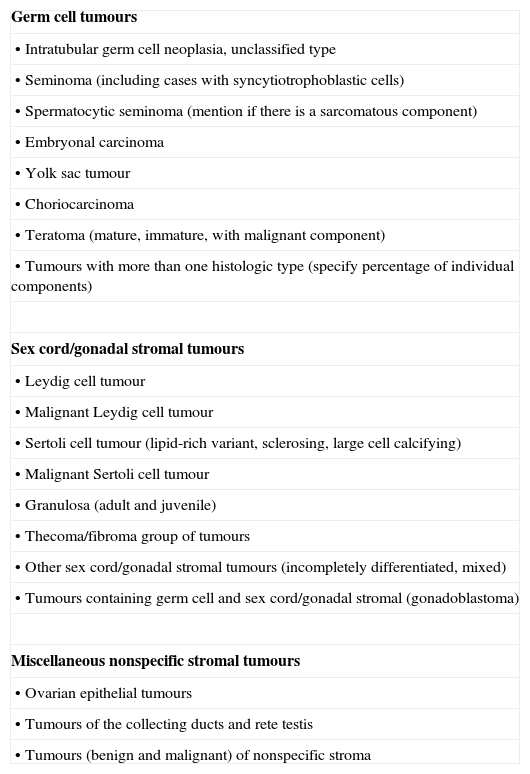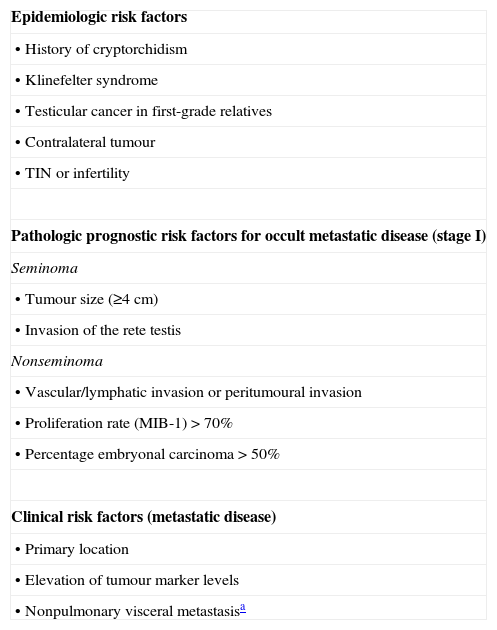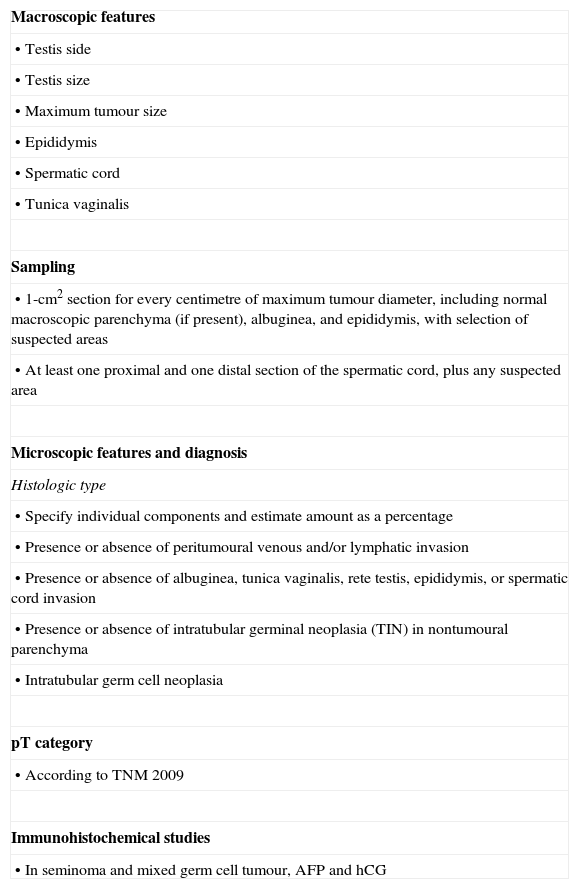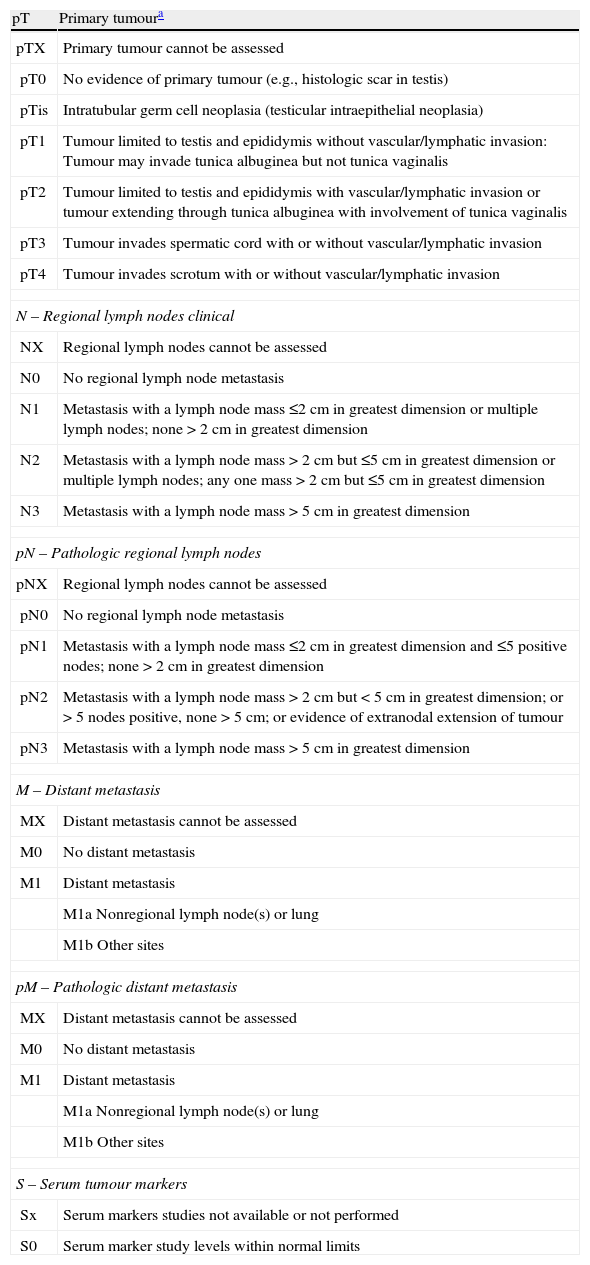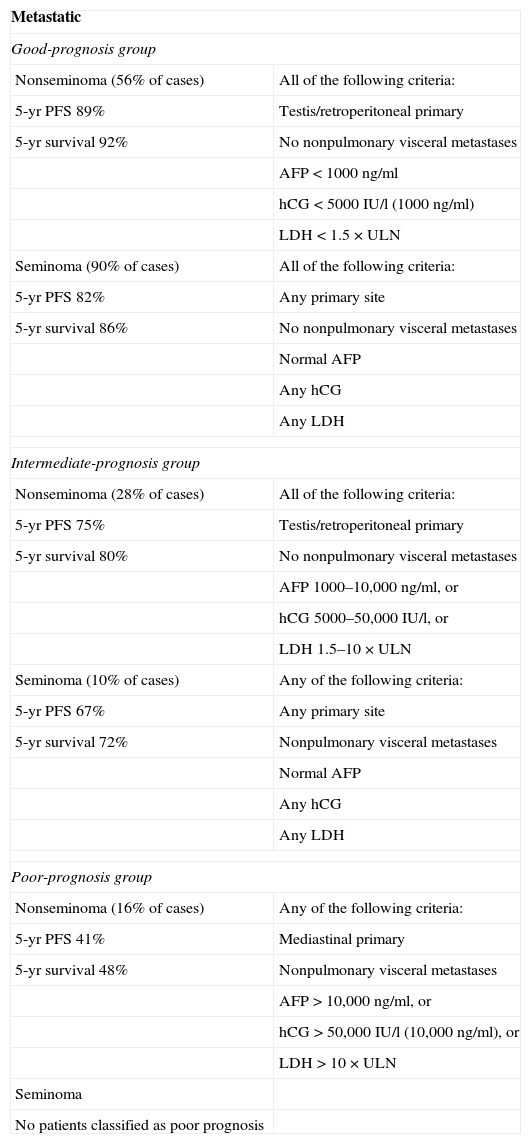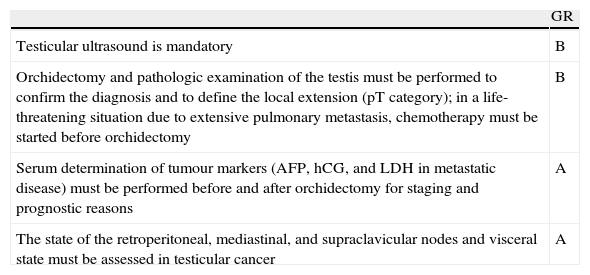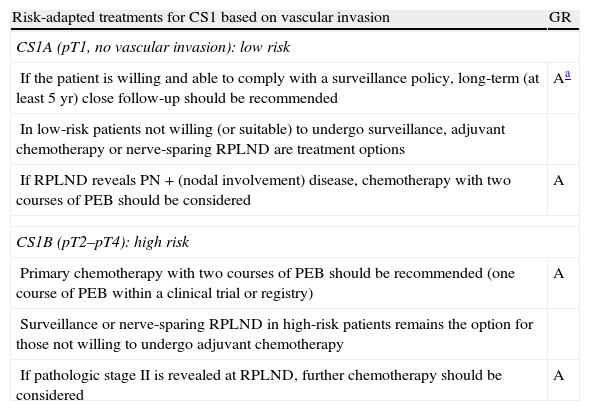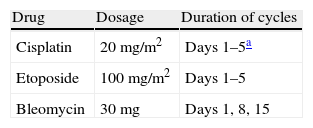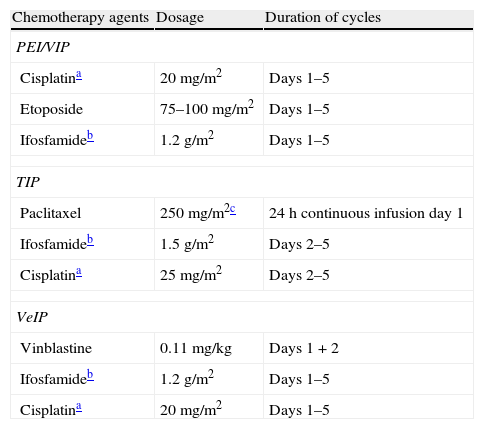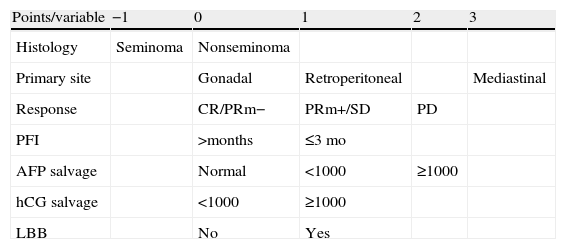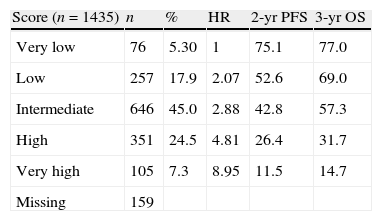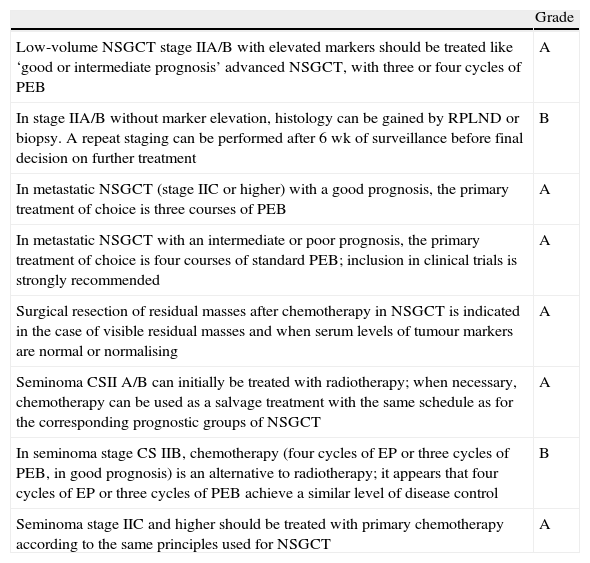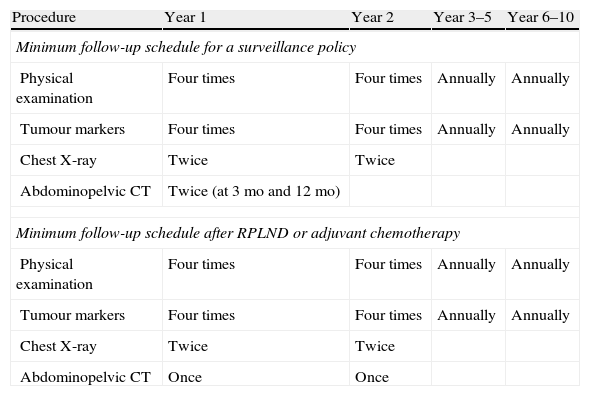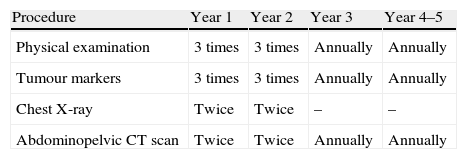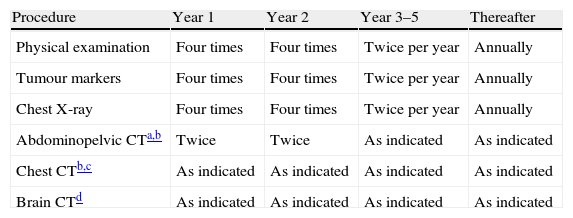On behalf of the European Association of Urology (EAU), guidelines for the diagnosis, therapy, and follow-up of testicular cancer were established.
ObjectiveThis article is a short version of the EAU testicular cancer guidelines and summarises the main conclusions from the guidelines on the management of testicular cancer.
Evidence acquisitionGuidelines were compiled by a multidisciplinary guidelines working group. A systematic review was carried out using Medline and Embase, also taking Cochrane evidence and data from the European Germ Cell Cancer Consensus Group into consideration. A panel of experts weighted the references, and a level of evidence and grade of recommendation were assigned.
ResultsThere is a paucity of literature especially regarding longer term follow-up, and results from a number of ongoing trials are awaited. The choice of treatment centre is of the utmost importance, and treatment in reference centres within clinical trials, especially for poor-prognosis nonseminomatous germ cell tumours (NSGCTs), provides better outcomes. For patients with clinical stage I seminoma, based on recently published data on long-term toxicity, adjuvant radiotherapy is no longer recommended as first-line adjuvant treatment. The TNM classification 2009 is recommended.
ConclusionsThese guidelines contain information for the standardised management of patients with testicular cancer based on the latest scientific insights. Cure rates are generally excellent, but because testicular cancer mainly affects men in their third or fourth decade of life, treatment effects on fertility require careful counselling of patients, and treatment must be tailored taking individual circumstances and patient preferences into account.
Take home messageAlthough testicular cancer has excellent cure rates, the choice of treatment centre is of the utmost importance. Expert centres achieve better results for both early stage testicular cancer (lower relapse rates) and overall survival (higher stages within clinical trials). For patients with clinical stage I seminoma, adjuvant radiotherapy is no longer recommended as first-line adjuvant treatment.
La Asociación Europea de Urología (EAU) estableció la guía clínica para el diagnós-tico, la terapia y el seguimiento del cáncer de testículo.
ObjetivoEste artículo es una versión abreviada de la guía clínica del cáncer de testículo de la EAU y resume las conclusiones principales de la guía sobre el tratamiento del cáncer testicular.
Obtención de evidenciaUn equipo multidisciplinar de guías clínicas compiló esta guía. Se llevó a cabo una revisión sistemática mediante Medline y Embase, tomando también datos Cochrane e información del European Germ Cell Cancer Consensus Group. Un grupo de expertos valoró las referencias y se asignó un nivel de evidencia y grado de recomendación.
ResultadosLa bibliografía, especialmente con respecto al seguimiento a más largo plazo, es escasa y los resultados de varios ensayos en curso están a la espera. La elección del centro de tratamiento es de suma importancia y el tratamiento en centros de referencia en ensayos clínicos, especialmente en tumores de células germinativas no seminomatosos, proporciona mejores resultados. En los pacientes con seminoma en estadio clínico I, en base a información publicada recientemente sobre toxicidad a largo plazo, ya no se recomienda la radioterapia adyuvante como tratamiento adyuvante de primera línea. Se recomienda la clasificación TNM del 2009.
ConclusionesEsta guía contiene información para el tratamiento normalizado de los pacientes con cáncer de testículo en base a las apreciaciones científicas más recientes. Las tasas de curación son generalmente excelentes, pero como el cáncer de testículo afecta principalmente a hombres en su tercera o cuarta década de vida, los efectos del tratamiento en la fertilidad requieren ayuda psicológica para los pacientes. Además, el tratamiento debe ser individualizado teniendo en cuenta las circunstancias individuales y las preferencias del paciente.
Mensaje a principalAunque el cáncer de testículo presenta unas tasas de curación excelentes, la elección del centro de tratamiento es de capital importancia. Los centros expertos logran mejores resultados tanto para el cáncer testicular en estadio inicial (tasas de recidiva más bajas) como para la supervivencia global (estadios más altos en los ensayos clínicos). En los pacientes con seminoma en estadio clínico I, ya no se recomienda la radioterapia adyuvante como tratamiento adyuvante de primera línea.







